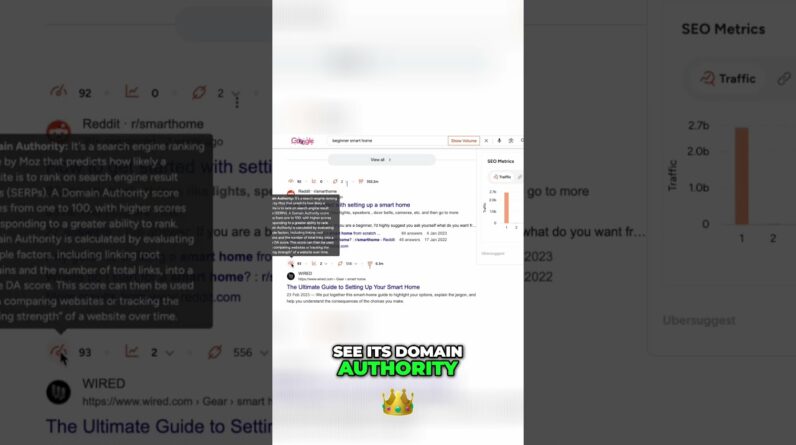
Are you wondering whether you should fix URLs that are marked as pages with redirect status? In this blog post, we will explore the importance of addressing this issue and provide you with guidance on how to make the best decision for your website.
Should You Fix URLs Marked as Page with Redirect Status?
Introduction
Hey there, website owner! Today, we’re delving into the intriguing world of SEO mysteries. Ever wondered about URLs marked as “Page with Redirect” and their impact on your website’s performance? Let’s embark on this adventure together and uncover the secrets behind this status. Buckle up, grab a cup of coffee, and let’s dive in!
Understanding URLs Marked as “Page with Redirect”
So, what exactly does it mean when a URL on your website is labeled as “Page with Redirect”? In simple terms, it indicates that the URL in question is not directly accessible and instead redirects visitors to another page. This could be due to various reasons like a change in page structure, rebranding, or a content update.
The Impact on Your SEO
Now, let’s talk about the elephant in the room – the impact on your SEO. Having URLs marked as “Page with Redirect” can affect your website’s search engine rankings. Search engines like Google may not index these pages properly, leading to a decrease in visibility and organic traffic.
Knowing When to Take Action
When should you roll up your sleeves and tackle this issue head-on? It’s crucial to address URLs marked as “Page with Redirect” promptly to prevent any negative repercussions on your SEO efforts. Ignoring these issues could potentially harm your website’s performance in the long run.
The Importance of Addressing this Issue
Why is it essential to rectify URLs marked as “Page with Redirect”? Well, apart from the SEO implications, fixing these redirect loops can enhance your website’s user experience. Imagine clicking on a link and being directed to multiple pages before reaching the desired content – frustrating, right? By optimizing your redirects, you create a seamless browsing experience for your audience.
Taking Necessary Steps to Optimize Your Website
So, what can you do to tackle URLs marked as “Page with Redirect? Here are some actionable steps to get you started:
- Audit your website for pages with redirect status
- Update internal links to point directly to the new URLs
- Implement 301 redirects for outdated URLs
- Monitor Google Search Console for any further issues
Implementing Strategies for SEO Performance
To boost your site’s SEO performance, consider the following strategies:
- Create compelling and relevant content
- Optimize meta tags and descriptions
- Build high-quality backlinks
- Ensure fast loading speeds
Staying Informed about Google’s Criteria for URL Statuses
Google’s algorithms are constantly evolving, and it’s crucial to stay updated on their criteria for URL statuses. By keeping abreast of the latest developments, you can ensure that your website meets Google’s guidelines and maintains a healthy online presence.
Enhancing Your Website’s User Experience
In the digital landscape, user experience reigns supreme. By optimizing your website’s redirects, you not only improve your SEO but also create a more user-friendly environment for visitors. A seamless navigation journey increases engagement and encourages visitors to explore more of your content.
Conclusion
In conclusion, URLs marked as “Page with Redirect” can have a significant impact on your website’s SEO and user experience. By understanding the implications of this status, taking proactive measures, and staying informed about SEO best practices, you can optimize your website for better performance.
FAQs
- Can URLs marked as “Page with Redirect” harm my website’s SEO rankings?
- How frequently should I conduct audits to identify pages with redirect status?
- Is it necessary to update all internal links affected by redirect status?
- What are the potential risks of ignoring URLs marked as “Page with Redirect”?
- How can optimizing redirects improve my website’s overall performance?
Done.






